1. Beethoven-Haus. Submerge into a house full of music and myths and discover Beethoven’s childhood surroundings and secrets. The house is a typical town house of the baroque period with a narrow extension in the garden, where the Beethoven family moved in 1767. Their son Ludwig was born in a small attic, which is still preserved for visitors to see. The city pays homage to its favourite son every September, when Beethovenfest is held, a month-long music festival with numerous concerts around the region, top international orchestras, well-known soloists, and major ensembles. One of the most important participants is the Beethoven Orchestra, an ambassadors of Bonn’s culture that with its 106 members, counts among the best ones in Germany.
2. Munsterbasilika. One of the most stunning examples of Rhenish transition from Romanesque to Gothic, the cathedral was Built 900 years ago on a Roman burial ground and boasts a marvelous cloister dating back to the 12th century, the best-preserved Romanesque cloister in the north of the Alps.
3. Bonn University. With its stunning towers dominating the city’s skyline and a marvelous yellow façade, the University was originally the residence palace of the electors of Cologne. Dating back to the 17th century, the astonishing building stretches its east wing to the Rhine river. The palace has hosted the Rheinische Friedrich-Wilhelms-Universität since 1818, and has become a symbol of peaceful protests, since it was the centre of major student demonstrations during the Cold War, when Bonn was the capital city. Today, the University is considered one of Europe’s most important institutes of higher education, welcoming over 27,000 students every year.
4. The Path of Democracy. Delve into the historical symbols of democracy as you walk the trail that takes you through the federal government district. You will discover the places where policy decisions were being taken such as Museum Koenig, where the Parliamentary Council met; the Parliament Building at the former Pedagogic Academy; and the Plenary Chamber, where the German Bundestag convened. Finally, the trail leads through the UN Campus and Langer Eugen building, which hosts various UN offices today.
5. Old Town Hall. Built between 1737 and 1738, the baroque ‘Altes Rathaus’ became famous worldwide due to numerous receptions of state guests of high rank, in their diplomatic visits to Western Germany’s small capital. It forms the eastern boundary of the Triangular market place, the city’s most important square.
6. Museumsmeile. Enjoy a visit at the The Haus der Geschichte, showcasing German contemporary history, and indulge yourself with the finest Rheinish art at the Kunstmuseum Bonn (Bonn Art Museum), hosting and works of internationally recognised representatives of German art since 1945. Walk along to Museum Alexander Koenig, one of the best zoological museums in Germany, and the German Museum Bonn, to visit milestones of German research discoveries during the last 50 years. The Museum Mile is a definite must for culture seekers.
7. Poppelsdorfer Palace. If you stand next to the University’s west wing, you’ll be able to see a magnificent palace glowing far beyond, at the end of the fanciest street in the city: Poppelsdorf Allee. The boulevard, which hosts one of the most picturesque green parks in town, stretches from the Central Station up to the palace. Begun in 1715 by elector Joseph Clemens, Poppelsdorfer Palace hosts today the scientific collections of the university, the Museum of Mineralogy and Petrology, and one of the best-know attractions in town: The Botanical Gardens.
This article was published on February 20 2011 at Trifter.


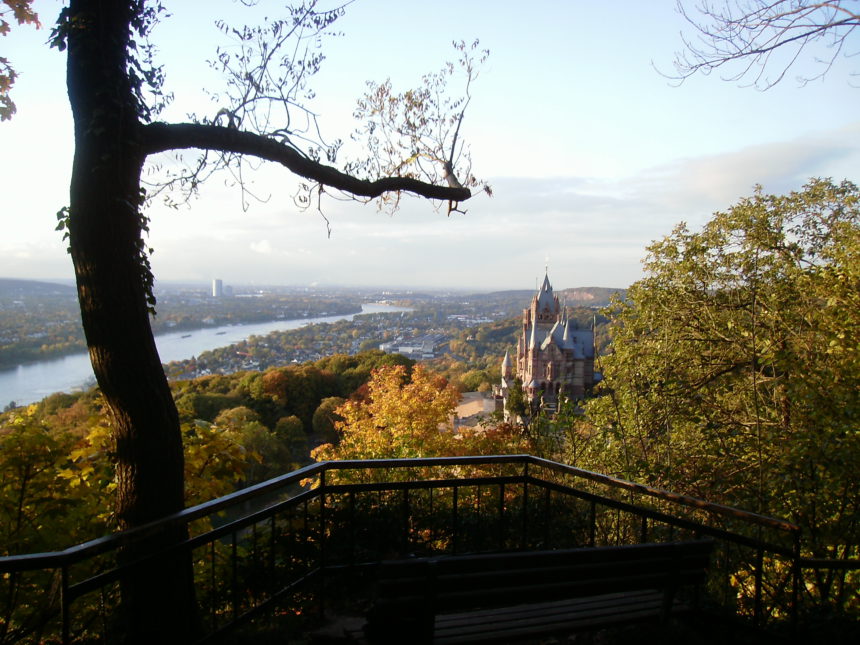
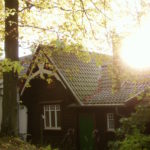
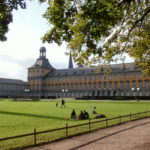
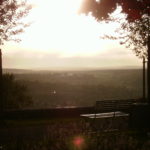
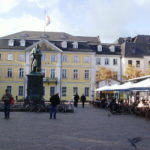
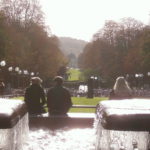
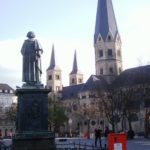
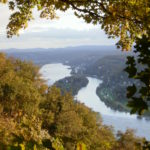
Leave a Reply